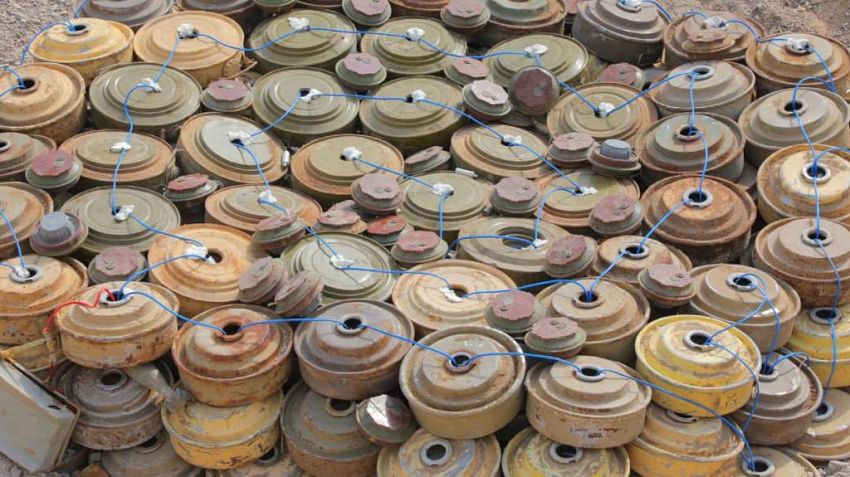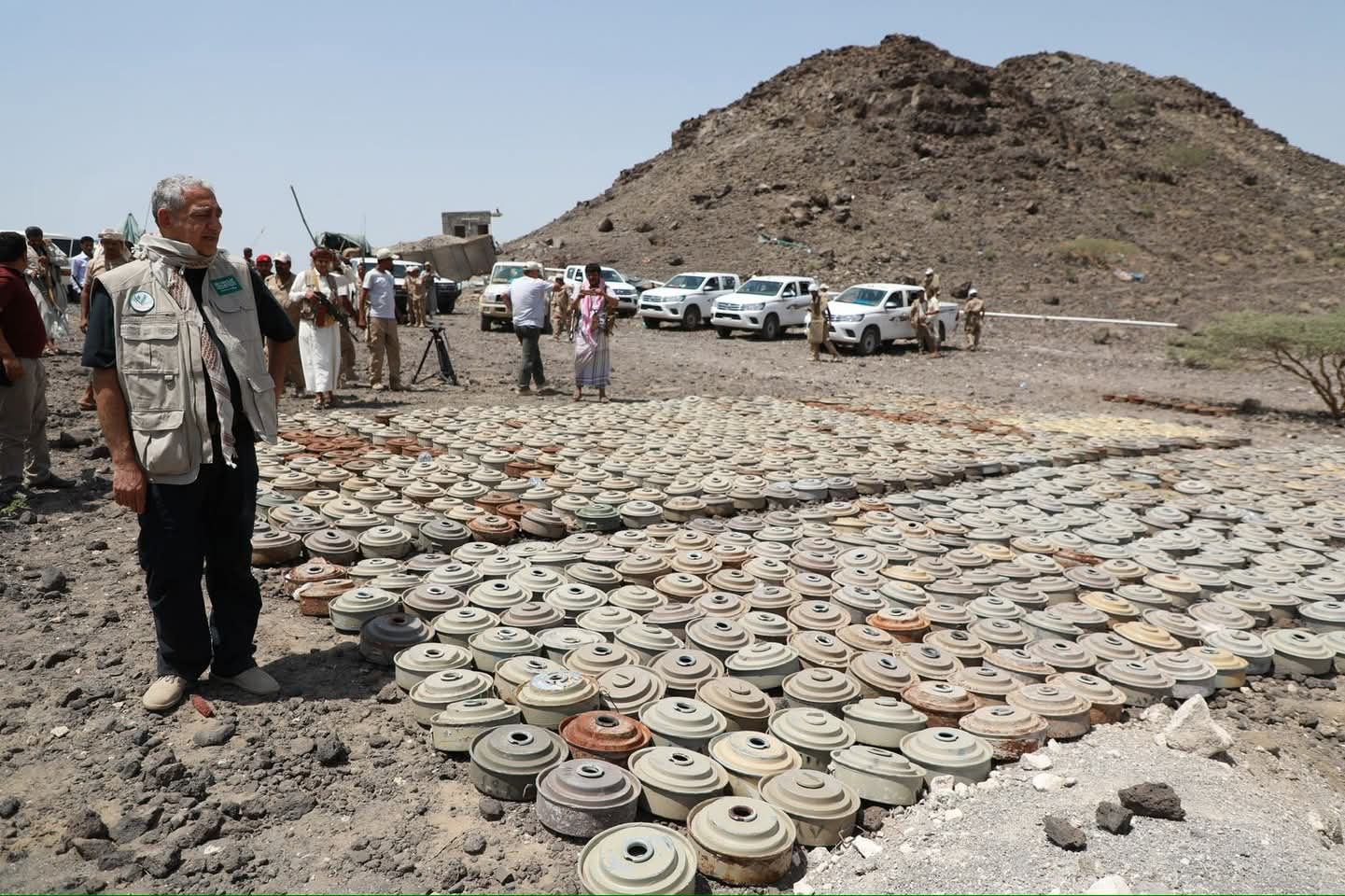
Barran Press
The Saudi Project for the Clearance of Mines in Yemen (MASAM) announced on Thursday, June 6, 2024, that it had removed 1,406 mines during the fourth week of May in various Yemeni governorates.
According to a statement released by the project, the removed mines included 10 anti-personnel mines, 68 anti-tank mines, 1,326 unexploded ordnance, and two improvised explosive devices.
MASAM reported that the total number of mines removed during May reached 5,726, bringing the total number of mines removed since the project's inception to 444,858.
The project highlighted that these mines were planted indiscriminately in various governorates, causing casualties among innocent civilians, including children, women, and the elderly.
On Wednesday, June 5, MASAM announced the destruction of 659 mines, improvised explosive devices, and unexploded ordnance in the Bab el-Mandab area, southwest of Yemen.
A statement published on MASAM's website, seen by "Barran Press," stated that the destruction operation, conducted by "Special Missions Team 2," included "6 anti-tank mines, 9 anti-personnel mines, 23 shells, 4 improvised explosive devices, 429 various bullets, and 188 various fuses."
The statement noted that Special Missions Team 2 documented the team's work at "28 MASAM" in the Al-Huriqiyah area, Dhabab District, Taiz Governorate, at the site of an anti-tank mine explosion in a civilian bus.
UN reports confirm that the Houthi group, classified as a terrorist organization, has planted nearly two million mines in various areas under its control, resulting in the deaths and injuries of over 20,000 civilians, the majority of whom are women and children.
The reports accuse the Houthi group, internationally listed as a terrorist organization, of turning Yemen into "the largest minefield ever," by planting over two million mines. rights organizations have repeatedly called on the Houthi group to provide maps of the landmines they have planted to organizations working in mine clearance.





